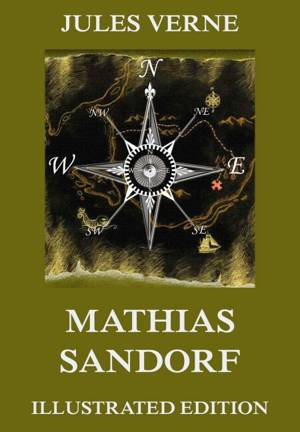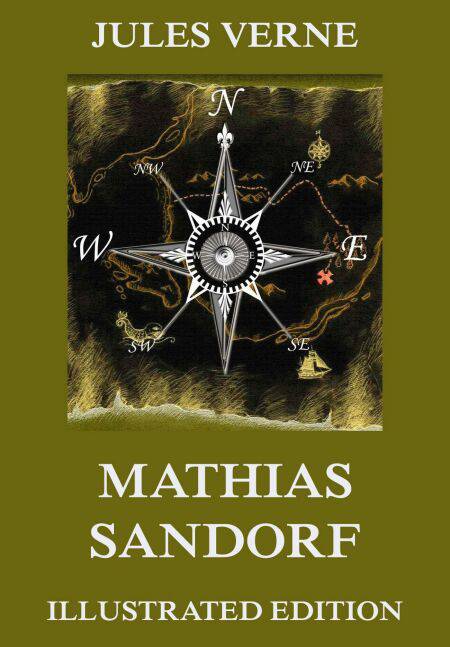
- Afhalen na 1 uur in een winkel met voorraad
- Gratis thuislevering in België vanaf € 30
- Ruim aanbod met 7 miljoen producten
- Afhalen na 1 uur in een winkel met voorraad
- Gratis thuislevering in België vanaf € 30
- Ruim aanbod met 7 miljoen producten
Zoeken
Omschrijving
In "Mathias Sandorf" we have certainly a most pretentious volume containing over a hundred illustrations, in which the most tragic events of this most tragic story are graphically portrayed. Indeed so numerous and effective are the illustrations that it is almost possible to follow the bent of the story without the aid of the letter-press. On this occasion the localities to which we are introduced are chiefly the towns and cities of Southern Europe and the islands of the Mediterranean, while the romance in which they are made to play a part, abounds in all those elements of mystery, adventure, and hair-breadth escape by which the author knows so well how to engage and maintain the interest of his reader. As is common to most of Jules Verne's works, the marvels of science are made the medium for some of the most effective incidents in the story, and we are not altogether surprised when at the conclusion of this most exciting narrative, the islet of Kencraf, with the three villains of the story, is blown into space by the accidental pressure of the foot on an electric wire.
Specificaties
Betrokkenen
- Auteur(s):
- Illustrator(s):
- Vertaler(s):
- Uitgeverij:
Inhoud
- Aantal bladzijden:
- 499
- Taal:
- Engels
Eigenschappen
- Productcode (EAN):
- 9783849645878
- Verschijningsdatum:
- 19/10/2014
- Uitvoering:
- E-book
- Beveiligd met:
- Digital watermarking
- Formaat:
- ePub

Alleen bij Standaard Boekhandel
Beoordelingen
We publiceren alleen reviews die voldoen aan de voorwaarden voor reviews. Bekijk onze voorwaarden voor reviews.







